16 Rare Bird Species Every Traveler Should Spot Once in Their Lifetime
Birdwatching is one of the most rewarding activities for nature lovers, offering the chance to connect with wildlife in its purest form. Some bird species, however, are so rare that spotting them is a once-in-a-lifetime experience. These birds often live in remote areas or have such unique characteristics that they stand out from the crowd. Whether it’s a vibrant macaw or a powerful eagle, each rare bird brings its own special charm. For travelers seeking adventure, catching a glimpse of one of these elusive creatures is an unforgettable moment.
This post may contain affiliate links, which helps keep this content free. Please read our disclosure for more info.
Kakapo (Strigops habroptilus)
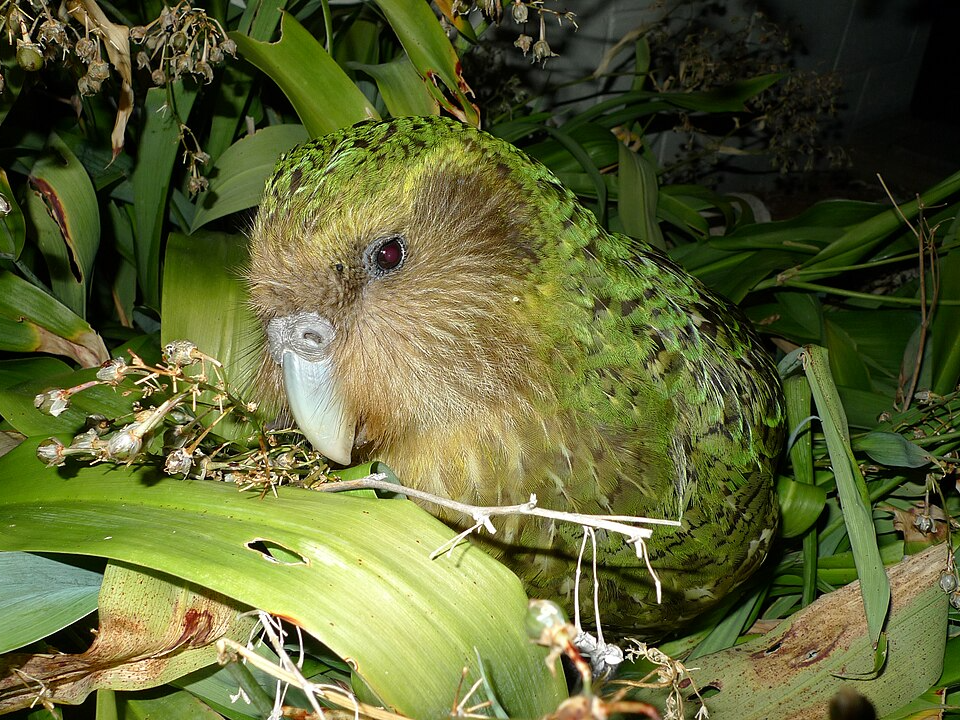
The Kakapo, often referred to as the owl parrot, is a large, flightless nocturnal bird native to New Zealand. With its mossy green feathers, it has adapted well to the dense forests and scrublands of the region. Despite its inability to fly, the Kakapo is a strong climber and is known for its unique, booming call during mating season. The species was on the brink of extinction, but conservation efforts have led to a steady increase in their numbers.
Due to its rarity and the difficulty of spotting it in the wild, seeing a Kakapo is considered a truly unique experience. Today, they are mostly found on predator-free islands, where they are closely monitored to ensure their survival. Efforts to protect the Kakapo have also helped to raise awareness about other endangered species in New Zealand.
Harpy Eagle (Harpia harpyja)
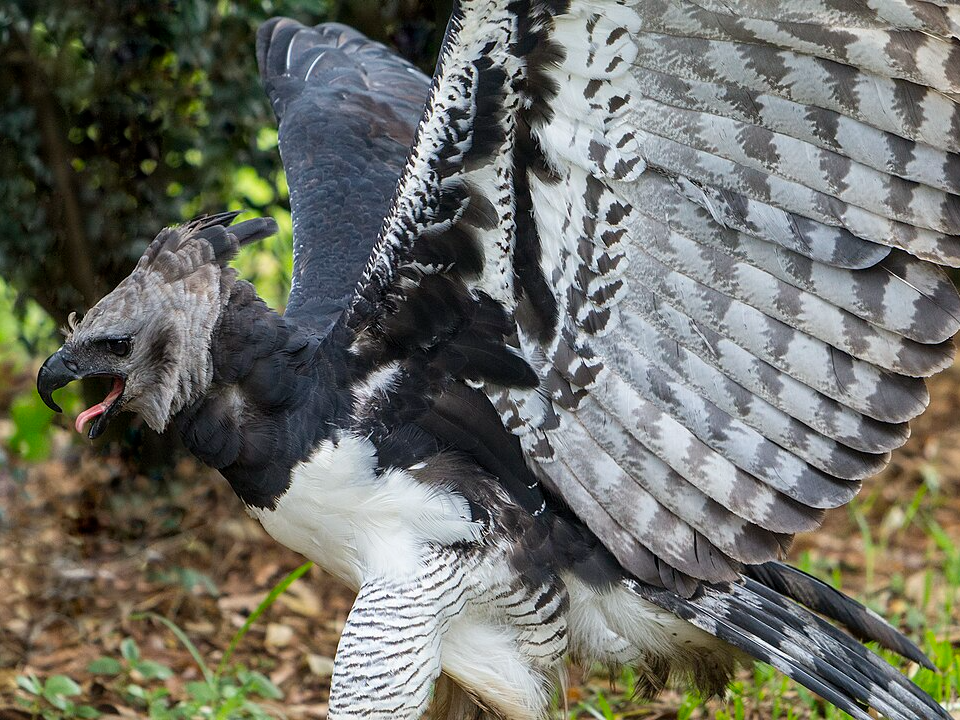
The Harpy Eagle is one of the largest and most powerful eagles in the world, with massive talons and a striking appearance. Native to the tropical rainforests of Central and South America, this bird is known for its powerful hunting abilities, preying on monkeys and sloths. With its imposing presence, the Harpy Eagle’s distinctive crown of feathers adds to its fierce look, making it easily recognizable.
Spotted primarily in remote rainforests, this bird’s habitat is being increasingly threatened by deforestation. As a result, sightings of this majestic bird are rare, making it a sought-after species for bird watchers. Despite the challenges it faces, the Harpy Eagle remains one of the most impressive creatures in the avian world.
Andean Condor (Vultur gryphus)
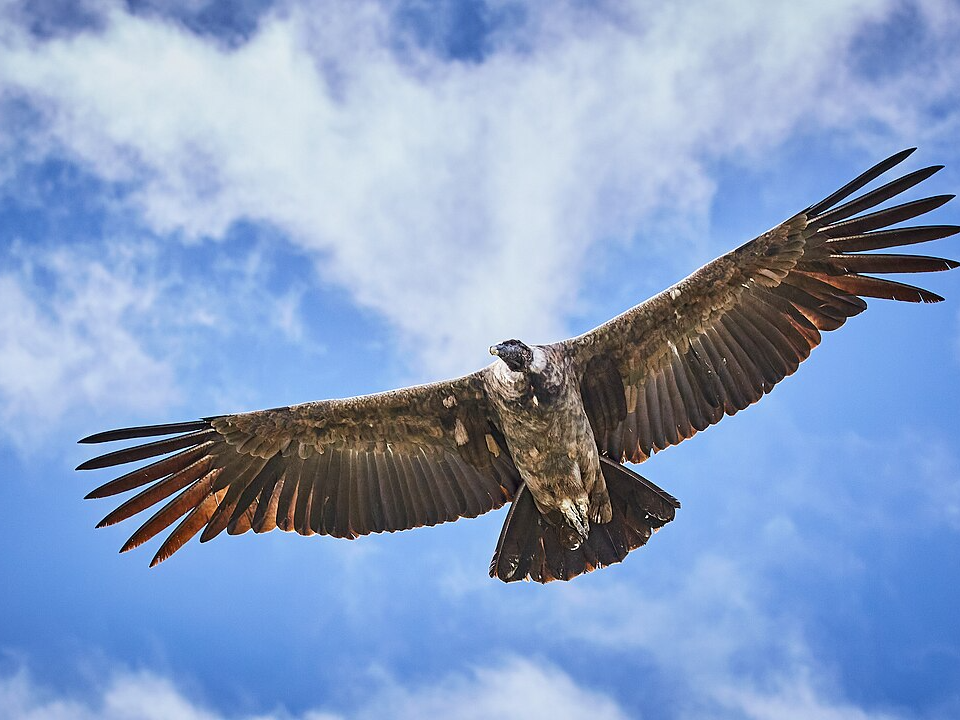
The Andean Condor is a vulture species known for its enormous wingspan, which can exceed 10 feet. Native to South America, it soars over the Andes Mountains and other high-altitude regions, where it primarily feeds on carrion. This majestic bird is a symbol of strength and freedom in many South American cultures.
While once widespread across the continent, the Andean Condor has seen a decline in its population due to hunting and habitat destruction. Conservation programs have made efforts to reintroduce the species in some areas, though spotting one in the wild is still considered a rare event. Observing a condor in flight is an unforgettable experience for any traveler.
California Condor (Gymnogyps californianus)
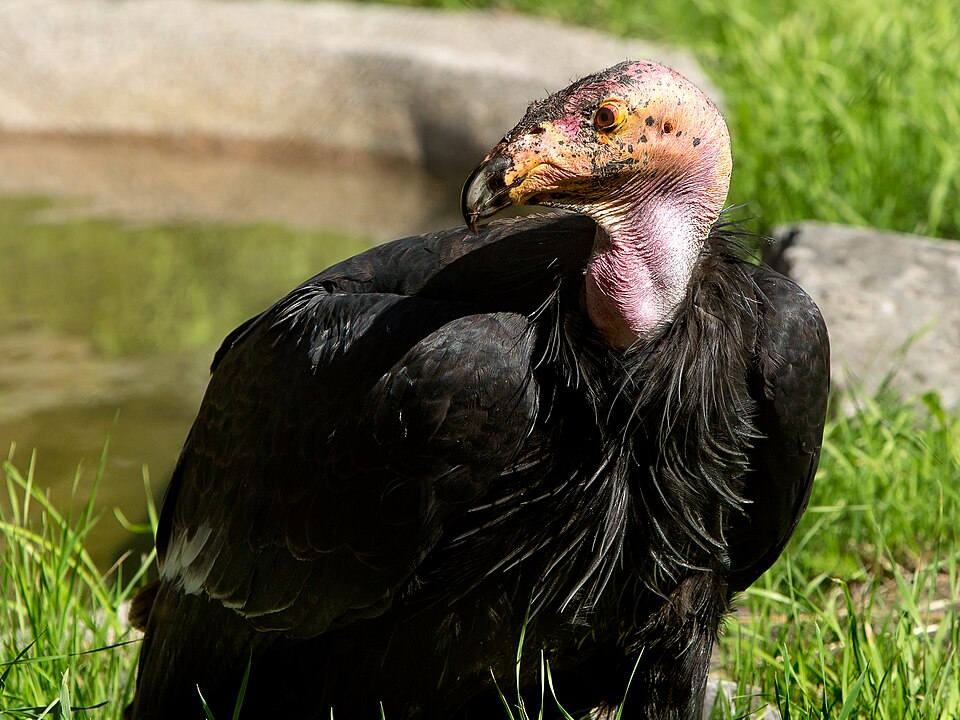
The California Condor is a critically endangered bird known for its impressive size and conservation history. With wingspans of up to 9.5 feet, it is one of the largest flying birds in the world. Native to the western United States, this bird faced near extinction in the 1980s, with only 27 individuals remaining in the wild.
Through extensive breeding programs, the population has slowly started to recover. However, spotting a California Condor in the wild remains a rare occurrence, and conservationists continue to monitor their numbers closely. Seeing this magnificent bird is not only a rare experience but also a testament to successful conservation efforts.
Philippine Eagle (Pithecophaga jefferyi)
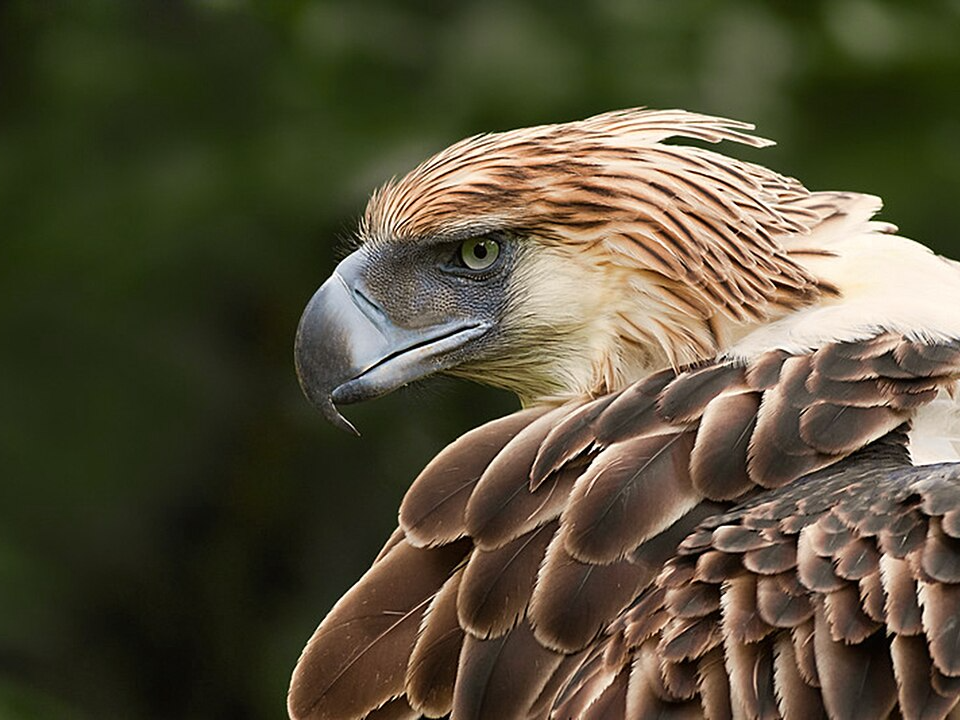
The Philippine Eagle is one of the rarest and most endangered birds in the world, with only around 400 individuals remaining in the wild. This eagle is known for its striking appearance, with long feathers on its head that resemble a crown. Found only in the forests of the Philippines, it is also referred to as the monkey-eating eagle due to its primary diet of primates.
The destruction of its forest habitat and hunting have led to its decline, but there are ongoing efforts to protect the species. While sightings of the Philippine Eagle are extremely rare, those fortunate enough to spot one are treated to a glimpse of one of the world’s most powerful and majestic raptors.
Blue Macaw (Anodorhynchus hyacinthinus)
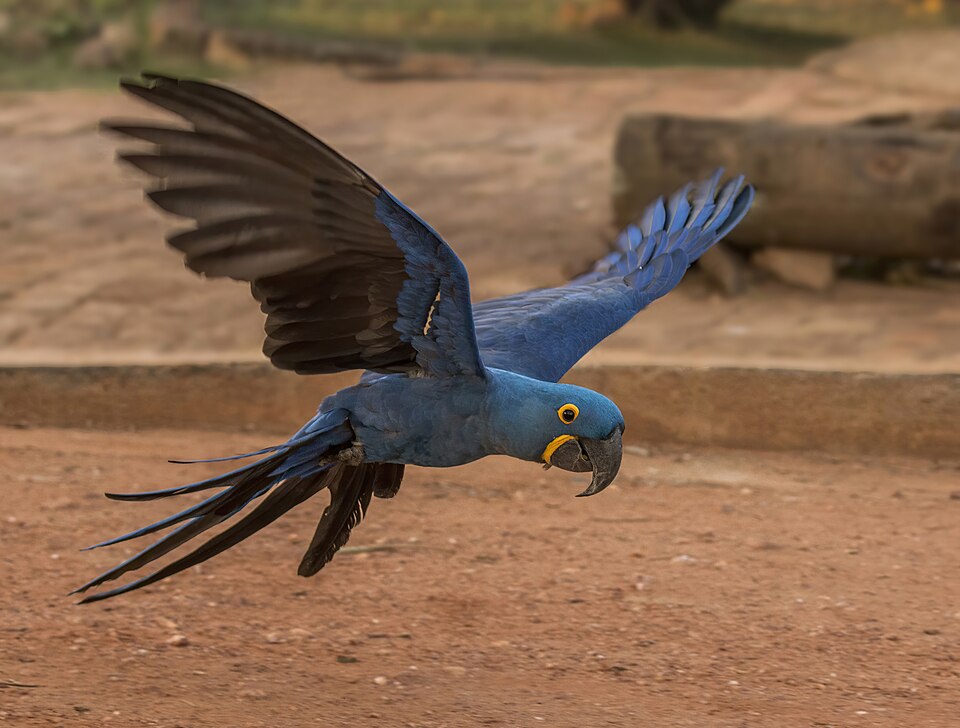
The Blue Macaw, also known as the Hyacinth Macaw, is a large, vibrant bird native to the forests and wetlands of Brazil. Known for its striking cobalt blue feathers and impressive size, it is considered the largest of the parrot species. Blue Macaws are often seen in pairs, as they are known for forming strong bonds with their mates.
Unfortunately, the Blue Macaw has become critically endangered due to habitat destruction and the illegal pet trade. Although conservation efforts are in place, spotting one of these magnificent birds in the wild remains a rare and special experience. Their beauty and rarity make them a must-see for any serious bird watcher.
Kakī (Himantopus novaezelandiae)
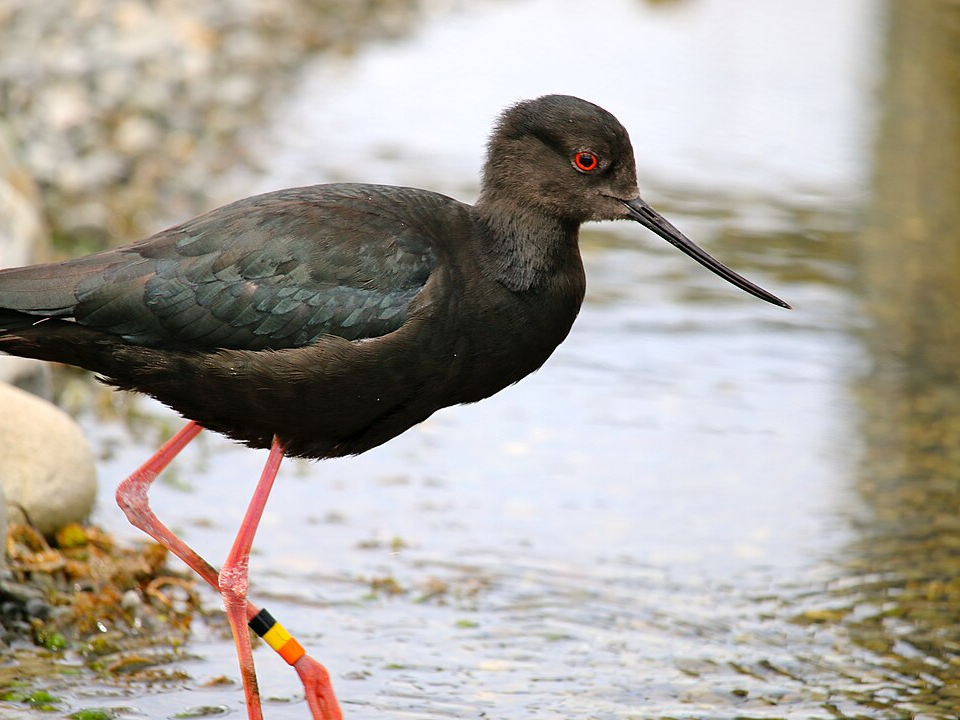
The Kakī, also known as the black stilt, is one of the rarest wading birds in the world, native to New Zealand. With striking black plumage and long, pink legs, it is a graceful bird often found in wetlands and estuaries. The species has faced numerous challenges, including predation by introduced species and habitat loss.
Today, the Kakī’s population is closely monitored, and conservation efforts have been vital in stabilizing the species. However, with fewer than 100 individuals in the wild, spotting this rare bird remains a remarkable achievement for bird watchers visiting New Zealand.
Peregrine Falcon (Falco peregrinus)
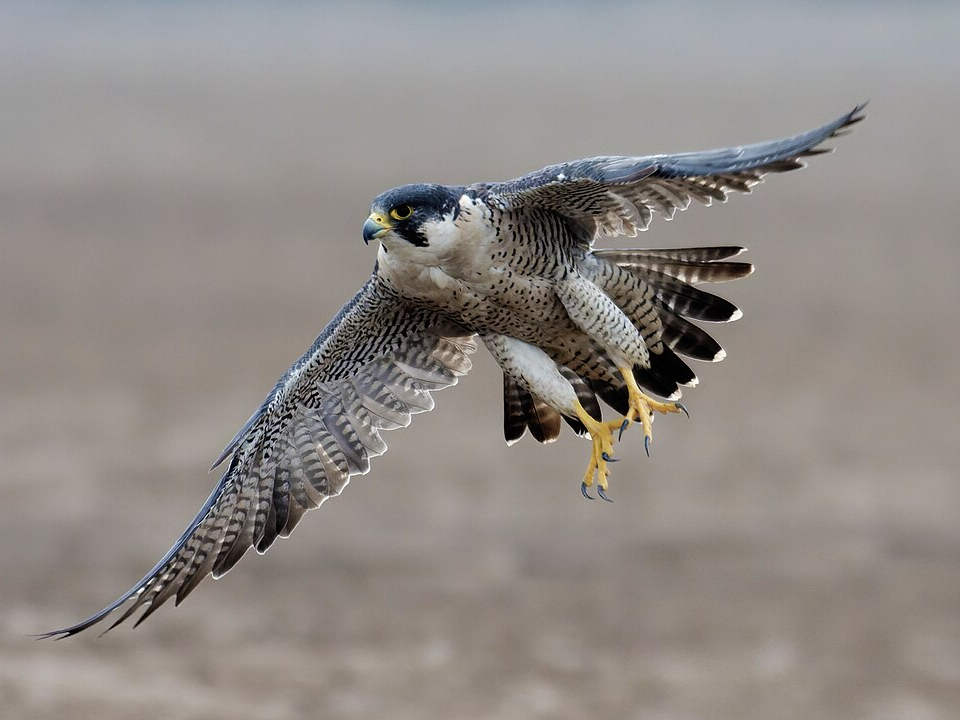
The Peregrine Falcon is known for being the fastest bird in the world, capable of reaching speeds over 240 miles per hour in a dive. This remarkable raptor can be found on every continent except Antarctica, often in tall cliffs or urban environments where it hunts smaller birds. Its speed and hunting prowess make it a fascinating species to observe.
Once endangered due to pesticide use, the Peregrine Falcon has made a significant recovery thanks to conservation efforts. Although they are no longer critically endangered, spotting one in the wild is still a rare and exhilarating experience, especially if you witness their incredible speed in action.
Shoebill (Balaeniceps rex)
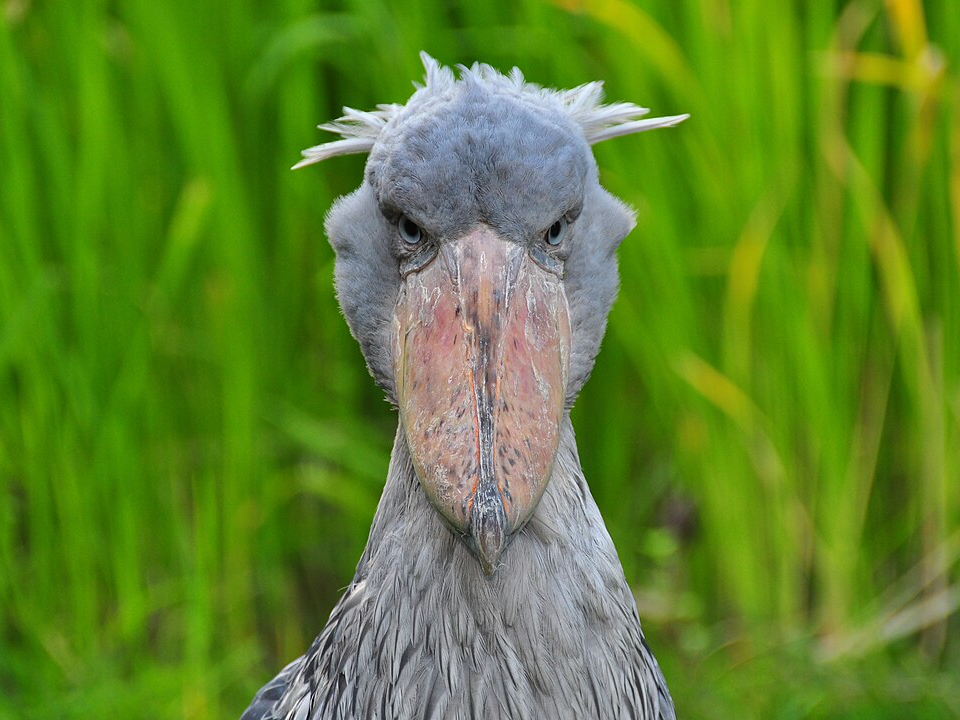
The Shoebill, with its large, shoe-shaped bill, is a bird that captures attention due to its unusual appearance. Found in the swamps and wetlands of Central and East Africa, it is known for its predatory nature, often hunting fish and amphibians. This large bird is solitary and has a distinctive, almost prehistoric look, which has earned it the nickname “the whale-headed stork.”
While the Shoebill is not yet considered endangered, its habitats are under threat due to human activity. Travelers seeking to spot this unique bird must venture into remote wetlands, where they can catch a glimpse of its impressive stature and distinctive hunting behavior.
Resplendent Quetzal (Pharomachrus mocinno)
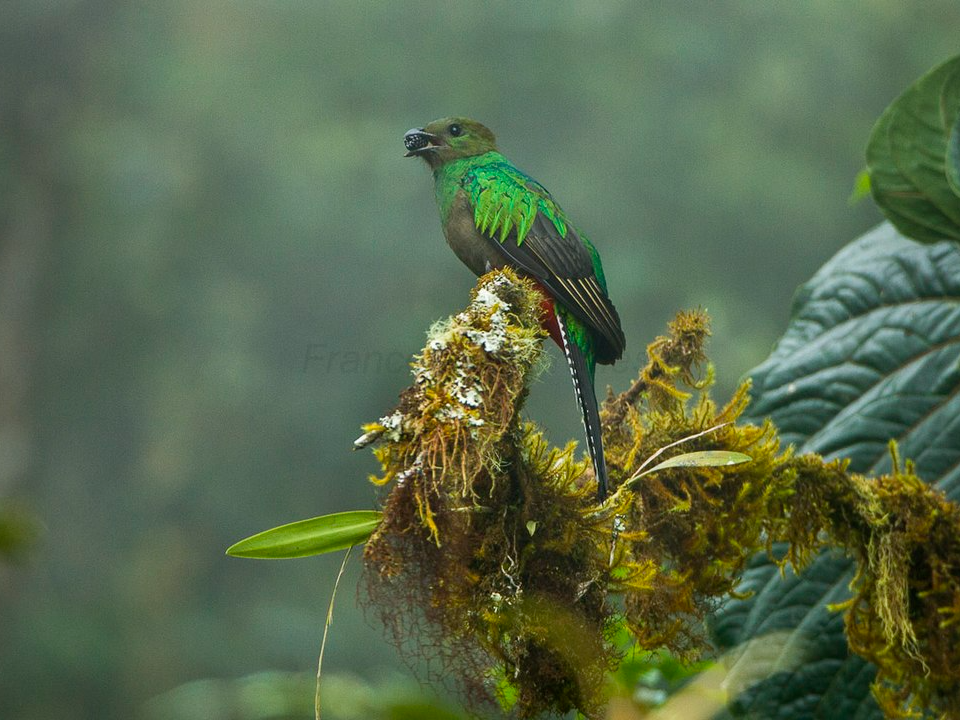
The Resplendent Quetzal is a symbol of freedom and beauty in many Central American cultures. With its brilliant green feathers and long tail feathers, the quetzal is considered one of the most beautiful birds in the world. It primarily inhabits the cloud forests of Guatemala and southern Mexico.
Despite being relatively widespread in its habitat, the Resplendent Quetzal remains elusive due to its preference for remote, cloud-covered forests. Spotting this vibrant bird is a rare privilege, as it often requires trekking through the dense forests where it resides.
Scarlet Ibis (Eudocimus ruber)
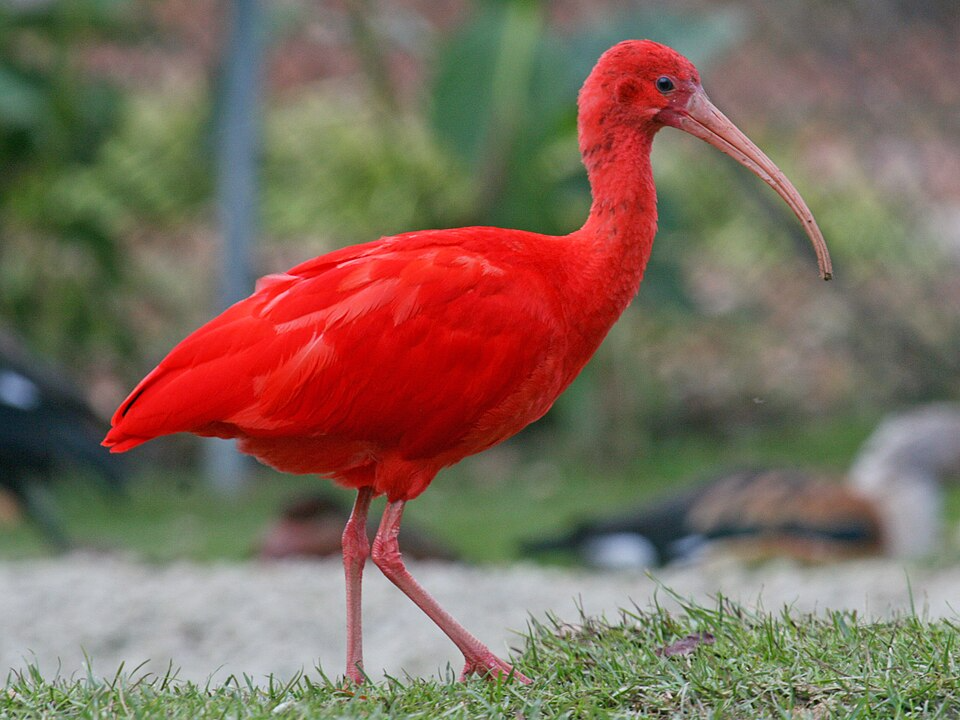
The Scarlet Ibis is known for its vibrant red plumage, which makes it one of the most visually striking birds in the world. Native to South America, this bird is often found in coastal regions, mangroves, and wetlands. Its color is a result of its diet, rich in carotenoids from crustaceans and other food sources.
While the Scarlet Ibis is not critically endangered, its bright red color makes it highly sought after by birdwatchers. Spotting a Scarlet Ibis in flight, with its brilliant hue against a backdrop of green landscapes, is a sight few will forget.
Golden Eagle (Aquila chrysaetos)
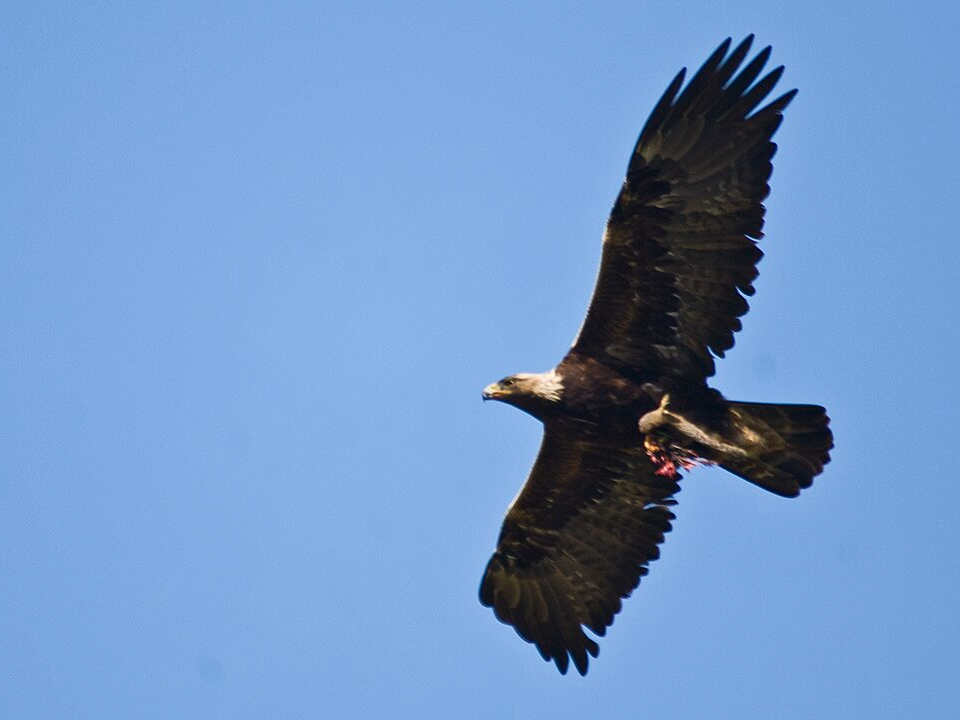
The Golden Eagle is one of the most powerful raptors in the world, with a wide distribution across North America, Europe, and Asia. Known for its hunting skills, it preys on medium-sized mammals, birds, and even young deer. The Golden Eagle has a wingspan that can reach up to 7.5 feet, making it an imposing sight in flight.
While not considered endangered, the Golden Eagle’s preference for remote, mountainous regions makes it a challenging bird to spot. Its solitary nature and impressive hunting abilities make encountering this bird a truly remarkable experience for bird enthusiasts.
Marabou Stork (Leptoptilos crumeniferus)
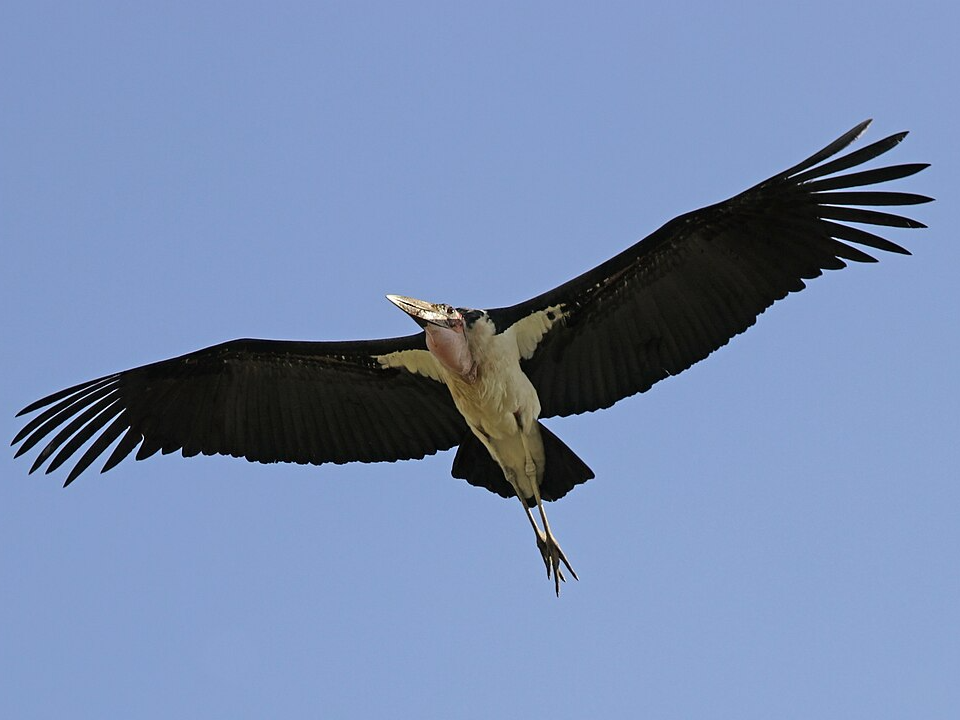
The Marabou Stork is often called the “undertaker bird” due to its striking and somewhat intimidating appearance. With its bald head, large beak, and dark plumage, the Marabou Stork is a scavenger bird found in sub-Saharan Africa. It thrives in both urban and rural environments, often seen scavenging near landfills or wetlands.
Although its eerie look may deter some, the Marabou Stork plays a vital role in its ecosystem by cleaning up carrion. Spotting one is not only a rare experience but also an opportunity to appreciate the bird’s role in maintaining a clean environment.
Toco Toucan (Ramphastos toco)
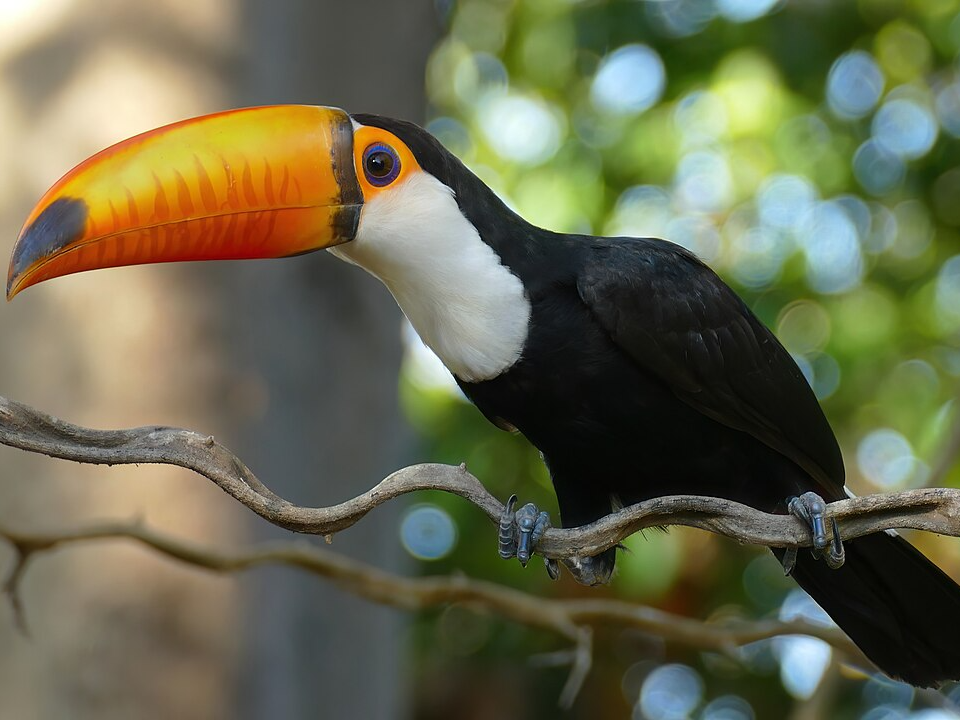
The Toco Toucan is perhaps one of the most recognizable birds due to its large, colorful beak and striking appearance. Native to South America, this bird is known for its loud calls and its habit of living in tropical and subtropical forests. The Toco Toucan’s vibrant colors and size make it a favorite for photographers and bird watchers alike.
While they are not endangered, their colorful appearance and unique features make them an unforgettable sight. The Toco Toucan’s playful behavior and social nature also add to the joy of observing them in their natural habitat.
Secretary Bird (Sagittarius serpentarius)
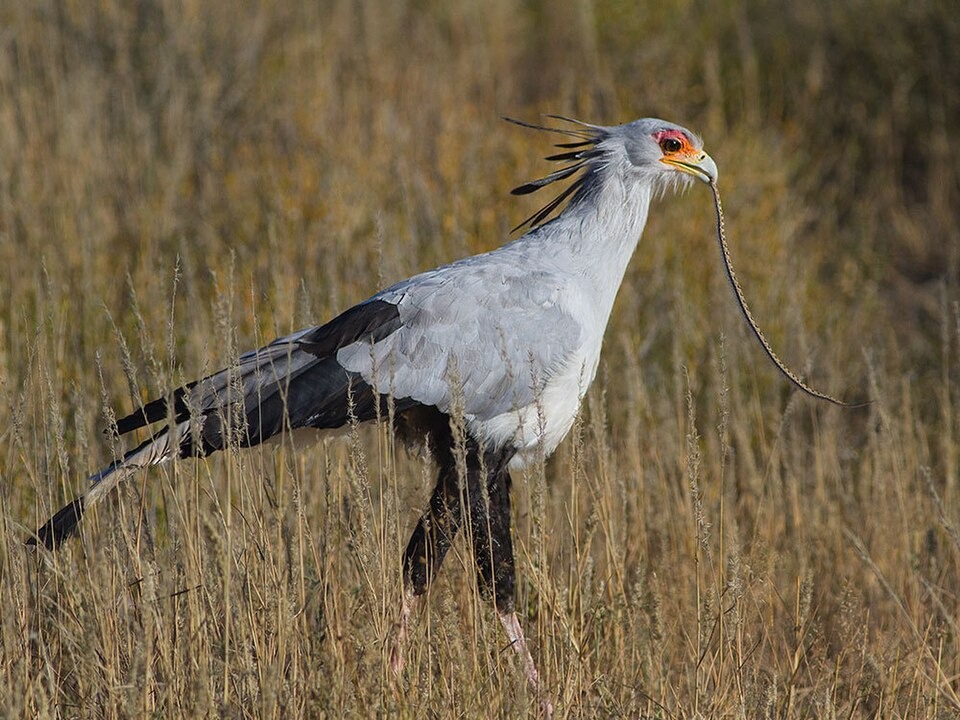
The Secretary Bird is a large, terrestrial bird native to Africa, known for its long legs and distinctive hunting style. It is famous for stalking through the grasslands and using its powerful legs to stomp on prey, including insects, rodents, and even small snakes. The bird’s long tail and elegant posture add to its unique appearance.
Although the Secretary Bird is not rare in its range, its remarkable hunting techniques and distinctive look make it a fascinating species to observe. Bird watchers who venture into African savannas are likely to encounter this bird, though spotting one is still a rare treat.
Crowned Crane (Balearica regulorum)
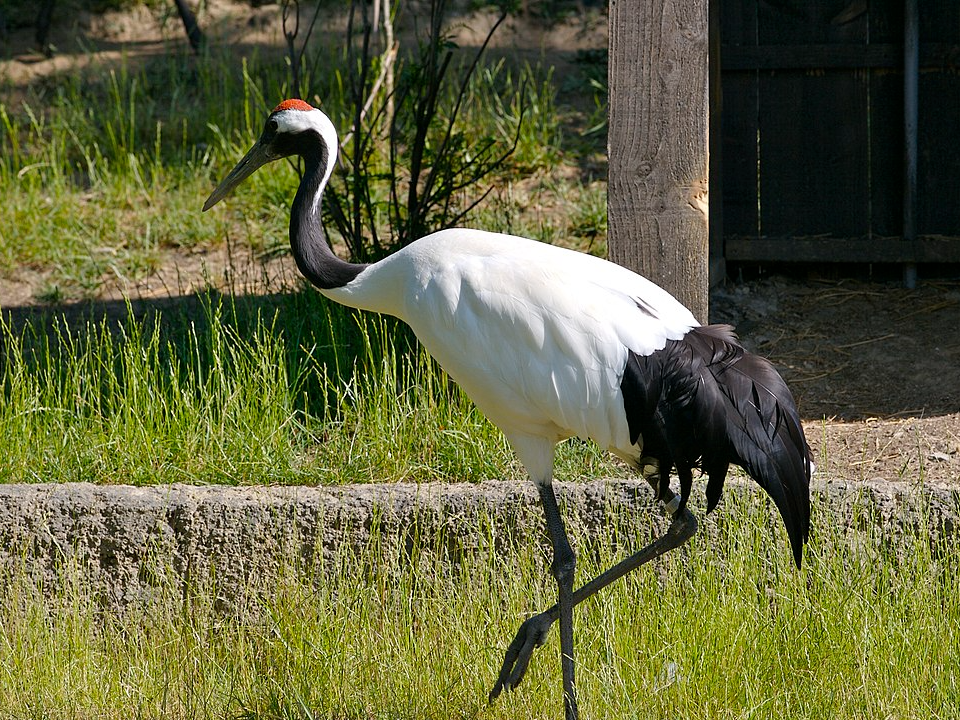
The Crowned Crane is a striking bird found in parts of Africa, recognizable by the golden tufts of feathers on its head. With its slender legs and elegant posture, the Crowned Crane is often seen in wetland habitats, where it feeds on insects, seeds, and small vertebrates. This species is known for its elaborate courtship dances and calls.
Although not critically endangered, the Crowned Crane’s declining habitat has made sightings in the wild less frequent. Those who have the chance to see this regal bird are treated to a display of its graceful movements and beautiful plumage.
This article originally appeared on Avocadu.
